The 5 best Bravo deep cuts to feed your reality TV nostalgia
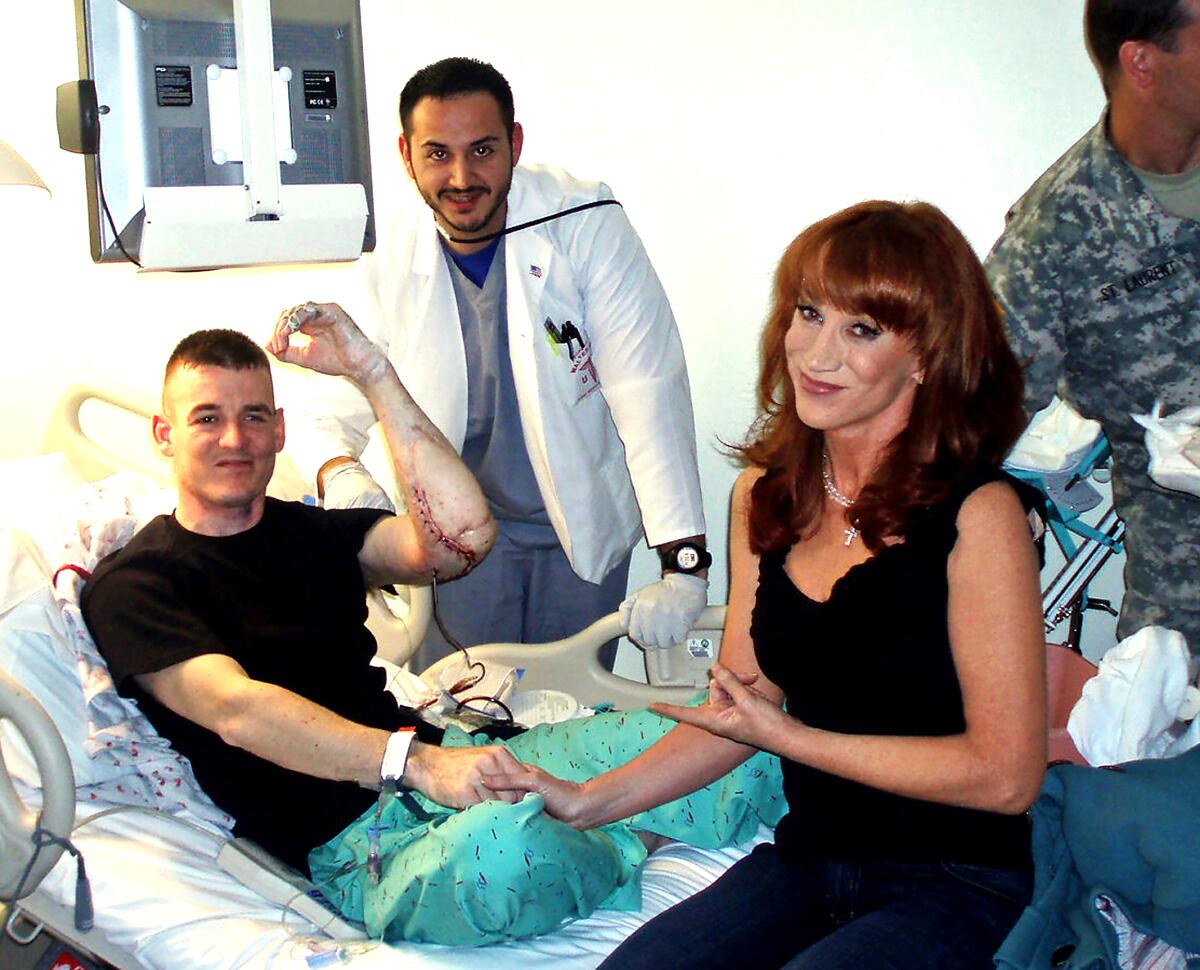
- Share via
Welcome to Screen Gab, the newsletter for everyone who prefers to time-travel through the vehicle of reality TV.
That’s because the aughts are now just a click away, at least for Bravo die-hards — and Times staffers Meredith Blake and Yvonne Villarreal use this week’s Break Down to suggest which of their gone-but-not-forgotten faves you should check out now that the Bravo vault has come to Peacock.
Also in Screen Gab No. 130, Josh Rottenberg offers a guide to the Criterion Channel’s celebration of the movies of 1999 and Jonah Hauer-King stops by the discuss his new limited series, “The Tattooist of Auschwitz.”
You are reading Screen Gab newsletter
Sign up to get recommendations for the TV shows and streaming movies you can’t miss, plus exclusive interviews with the talent behind your favorite titles, in your inbox every Friday
You may occasionally receive promotional content from the Los Angeles Times.
ICYMI
Must-read stories you might have missed
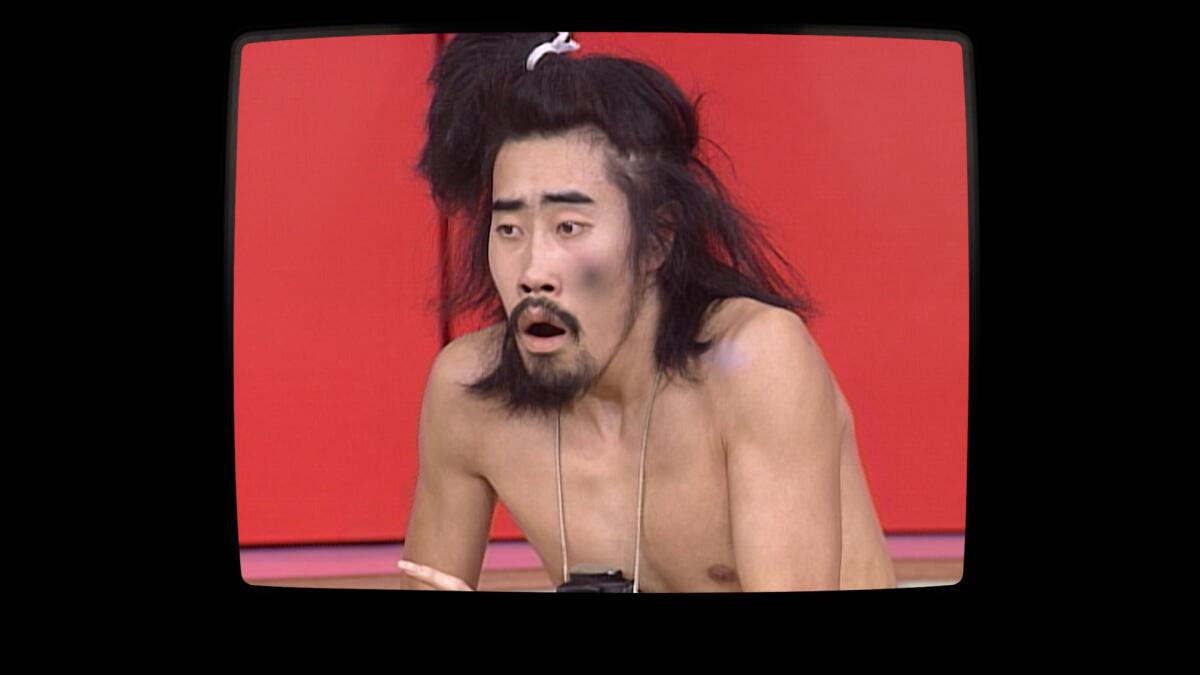
‘The Contestant’ tells the bizarre story of a Japanese man who lived a real-life ‘Truman Show’: A Hulu documentary looks at the story of a Japanese comedian named Nasubi, who became the unwitting star of a reality show in 1998.
How the Cat King in ‘Dead Boy Detectives’ captures a familiar queer dynamic: The Cat King, played by Lukas Gage, is a dangerous and fun queer villain in Netflix’s Neil Gaiman adaptation.
‘The Phantom Menace’ dominated 1999’s box office. History has been kinder to it: “The Mandalorian,” “Ahsoka” and 25 years of spinoffs show the stealth power of George Lucas’ 1999 prequel, which, for all its controversy, laid the groundwork.
After scandal, movie producer Randall Emmett is flying under the radar with a new name: Whether he’s going by Emmett or Ives, the controversial producer and former “Vanderpump Rules” star continues to confront allegations of not paying his bills on time and presiding over chaotic film sets.
Catch up
Everything you need to know about the film or TV series everyone’s talking about
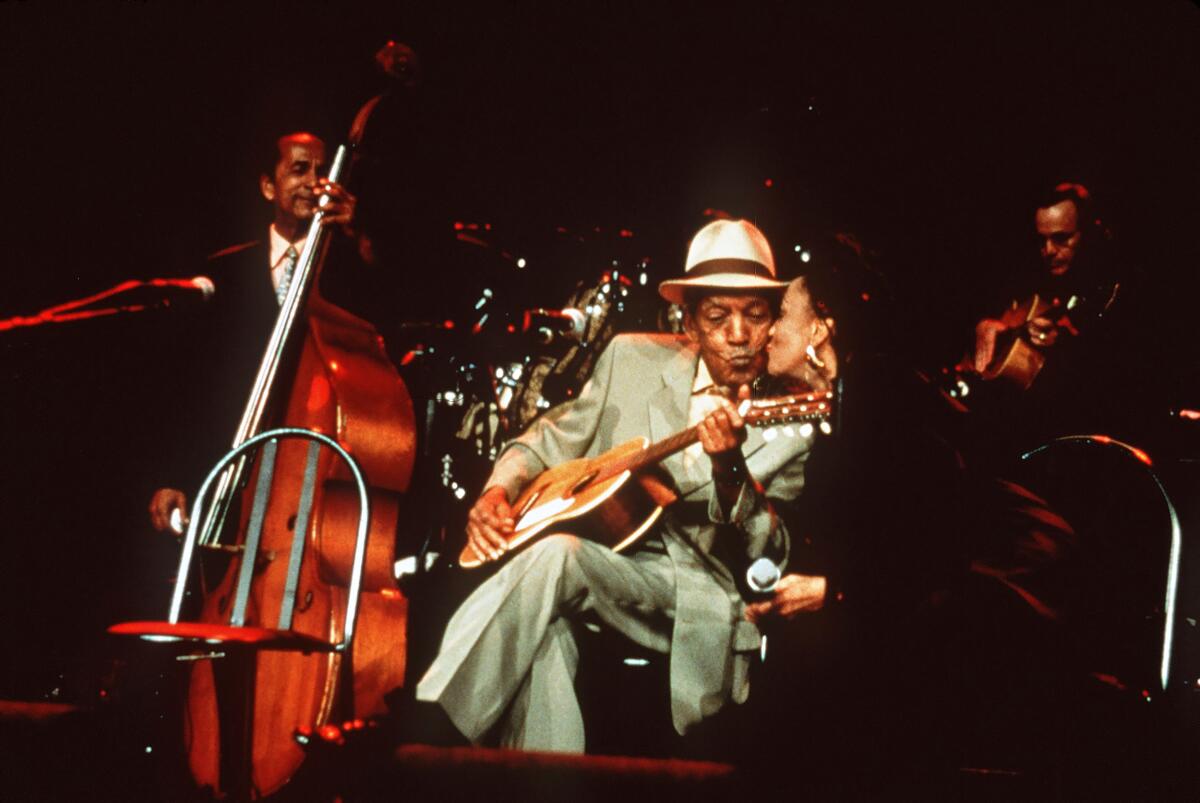
I was dreaming when I wrote this — forgive me if I go astray. But, with apologies to the Purple One, 1999 was a watershed year in pop culture. To mark the 25th anniversary of this banner year, we at The Times have launched The 1999 Project to celebrate what many argue might be the best ever for movies, rivaling other standout years like 1939, 1946, and 1974. From “The Matrix” to “Fight Club,” “The Blair Witch Project” to “Boys Don’t Cry,” “American Beauty” to “American Movie,” the films of 1999 broke the mold in both style and substance, reflecting the anxieties and uncertainties of the turn of the millennium while setting the stage for the diverse and dynamic cinema of the 21st century.
Throughout May, the Criterion Channel is showcasing a curated collection of 15 movies from 1999, capturing the creative ferment of that pre-smartphone era. This collection spans the gamut from high-profile studio fare like and Martin Scorsese’s “Bringing Out the Dead” to intimate independent dramas such as David Lynch’s “The Straight Story” and Sofia Coppola’s “The Virgin Suicides.” It also includes international highlights like Wim Wenders’ Cuban-music documentary “Buena Vista Social Club” and Claire Denis’ “Beau Travail,” as well as cult favorites like Doug Liman’s “Go” and Christopher Nolan’s debut feature, “Following.” Wildly different yet sharing a common spirit of innovation, these films blurred the lines between the mainstream multiplex and the arthouse in ways previously unseen, influencing a new generation of filmmakers and audiences alike. —Josh Rottenberg
READ MORE: The 1999 Project: A 25th anniversary celebration of the year that changed pop culture
Guest spot
A weekly chat with actors, writers, directors and more about what they’re working on — and what they’re watching
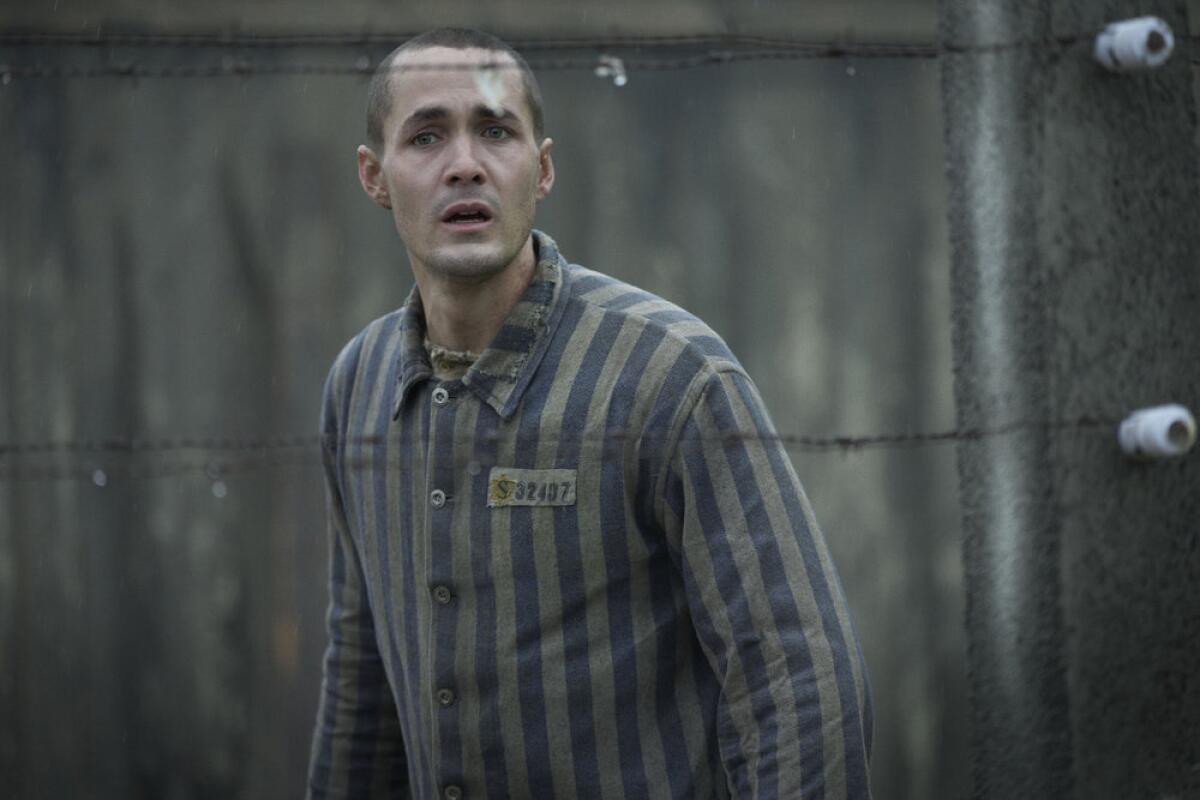
Jonah Hauer-King is no stranger to high-pressure roles. Best known for playing Prince Eric in Disney’s live-action adaptation of “The Little Mermaid,” the actor has also taken on Laurie, of “Little Women,” and Paul Wilcox, of “Howards End” — a collection of titles often accompanied by intense fan expectations. But with “The Tattooist of Auschwitz,” Hauer-King’s challenge shifts from interpreting beloved fictional characters to capturing a real-life survivor of atrocity: Slovakian Jew Lali Sokolov, whose experiences during the Holocaust inspired Heather Morris’ historical novel and, in turn, the six-episode limited series, now streaming on Peacock. Hauer-King stopped by Screen Gab to talk about the way the horrific events of that era live on, the Christmas movie that’s taken over his life and more. —Matt Brennan
What have you watched recently that you are recommending to everyone you know?
I’m a little bit late but I’ve just started watching “Shōgun” [Hulu] and I absolutely love it. Incredible performances and beautifully directed. It’s visually stunning.
What is your go-to “comfort watch” movie or TV show you go back to again and again?
My comfort watch is probably “The Holiday” [Netflix, Starz]. It started as a Christmas thing but now it’s out of control and it’s spilled into any possible occasion — Sunday morning, a long flight, essentially anytime. … It’s the epitome of feel-good.
In the past year we’ve seen a number of new films and TV series come out with the Holocaust as backdrop — “A Small Light,” “The Zone of Interest,” “We Were the Lucky Ones” among them. What do you think “Tattooist” brings to our understanding of that time that’s distinct from other stories?
I think it’s no surprise there are so many stories from this time, partly because I don’t know whether this period of history can ever truly be processed or understood. Every film or TV maker is going to approach it with their own perspective, their own lens and their own personal connections. One thing about our show specifically that I’m really proud of is the way it addresses trauma. We get to know our central character, Lali, as a young man before the war. We then witness his terrible experiences during the camp and surviving Auschwitz, and then, crucially, we see him as a much older man [played by Harvey Keitel] towards the end of his life. I think it speaks to the idea that these horrific events live on — they don’t stay in the past, and they don’t disappear with the liberation of the camp. There are physical and emotional scars that last forever, and these can be passed on from generation to generation.
A number of your most prominent credits to date, including “Howards End,” “Little Women” and “World on Fire,” are set in the past. What’s one period of history you haven’t explored yet that you’d like to, and why?
I’ve just made a film set in the early 14th century. I’ve always loved medieval stories so that felt like something off the bucket list. I’d also love to do something set in the 1960s — it just seems like an incredibly exciting time, not to mention the music and fashion!
Break down
Times staffers chew on the pop culture of the moment — love it, hate it or somewhere in between
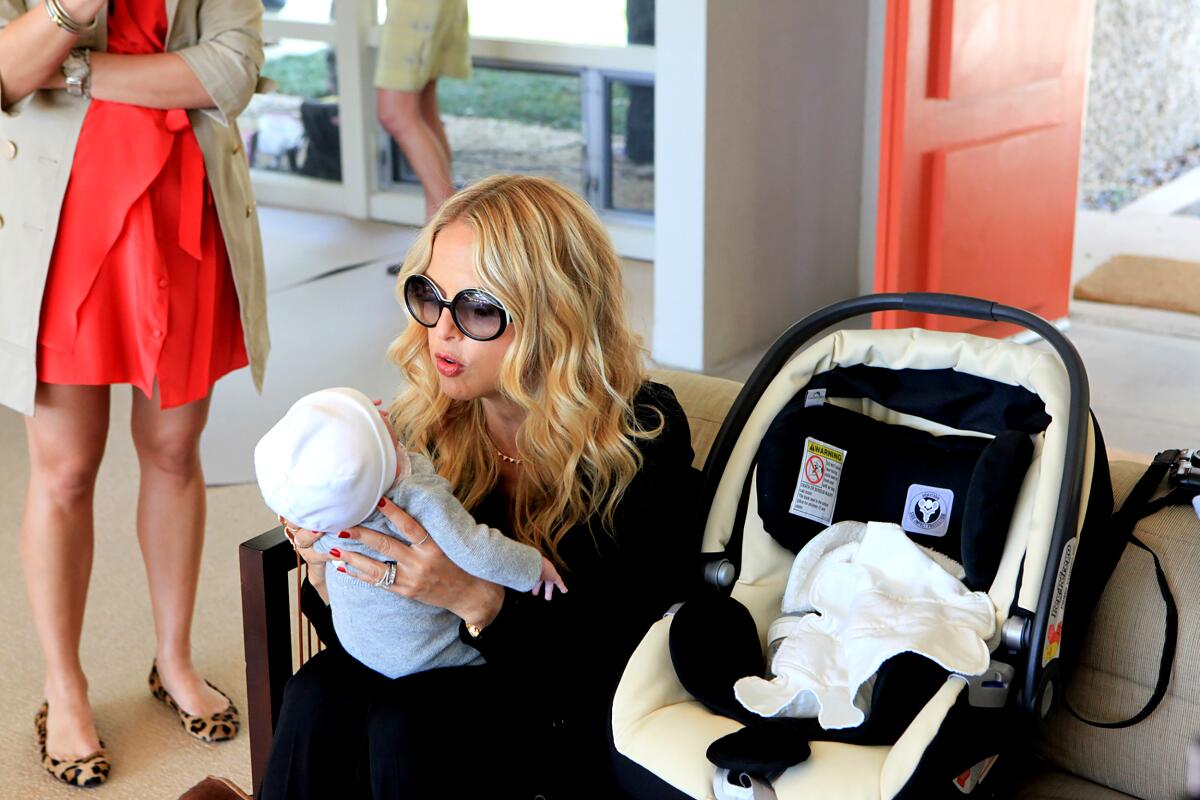
Fans of reality TV juggernauts like “The Real Housewives” and “Below Deck” already know to turn on Peacock to catch up with their favorite franchises (or press play on a new one). But until recently, deeper cuts from the Bravo vault were unavailable on the streamer. Now that Rachel Zoe, Kathy Griffin and BlackBerrys have been saved from the dustbin of history, senior writers and resident Bravo buffs Meredith Blake and Yvonne Villarreal recommend their favorites:
“Million Dollar Decorators”: I have no idea why this series wasn’t a bigger hit, but it offered everything you’d look for in a Bravo show: over-the-top personalities, extravagant spending, lavish real estate, tiny dogs. Over an all-too-brief two-season run, “Million Dollar Decorators” followed a group of high-end interior decorators in L.A., including Martyn Lawrence Bullard and Kathryn Ireland, as they remade homes for celebrity clients like Sharon Osbourne and, um, Joe Francis. They’re opinionated, they’re (mostly) very good at what they do, and they won’t get out of bed for less than $1 million. Everyone is so extra that it feels at times like a perfectly cast Christopher Guest mockumentary — cast member Mary McDonald even looks a little bit like Parker Posey. But it’s also satisfying in the way a design show should be: the reveals at the end of each episode, though somewhat dated after more than a decade, are always dazzling. —MB
“My Life on the D-List”: My brain can’t remember log-in details or my license plate number, but it knows every word to the theme song for the reality show that documented flame-haired comedian Kathy Griffin and her nebulous place in celebrity pecking order. Before Bravo was regularly making stars through its reality franchise factory, Griffin was putting in the work to maintain a grip on the Hollywood ladder the old-fashioned way: as a working comedian and actor just trying to get her name in print, openly lampooning herself and the Hollywood elite with acerbic humor. (You don’t know top-tier television until you’ve seen Griffin fretting over the passive-aggressive undertones of a lavish floral arrangement from Renée Zellweger, whom Griffin mocked in a stand-up routine.) It’s hard to overstate how groundbreaking the series felt during its 2005-2010 run as it chronicled Griffin’s refreshing and shameless hustle — filming corporate videos for a haircare line, attending a Kabbalah book release party just to do the press line, or bombing corporate gigs for unamused audiences. But the true breakout stars were her parents: her Bill O’Reilly-loving mother, Maggie, and her delightfully frugal father, John, were as laugh-out-loud funny as their foulmouthed daughter without even trying. I promise you’ll last more than an hour in the asylum that raised me. —YV
“NYC Prep”: Bravo’s take on “Gossip Girl” followed a group of students who attended elite New York high schools as they dated, schmoozed and shopped — but not while they were actually in school, since cameras weren’t allowed inside their elite institutions. Each of the cast members fit a recognizable teenage archetype: there was Sebastian, the floppy-haired heartthrob; Camille, the overachiever hellbent on getting into Harvard; and PC, the brooding villain who out-pouted Ryan Phillippe in “Cruel Intentions.” They were entitled and sometimes obnoxious, yet unlike their fictional counterparts on the CW, the kids of “NYC Prep” were awkward and full of contradictions that somehow made them fascinating to watch even when they were doing little more than tapping away on their BlackBerrys. (Hey, it was 2009!) The show lasted only one season, which was probably a good thing, given the tender age of the cast — though some of us would have gladly watched 10 more. —MB
“The Rachel Zoe Project”: The year was 2008, and Hollywood couldn’t get enough of Rachel Zoe, a stylist who became a celebrity in her own right thanks to her association with tabloid-friendly stars like Nicole Richie and a signature 1970s-inspired boho look (huge sunglasses, fur vests, gold jewelry) that seemed to be everywhere during the heyday of Perez Hilton. This series, which had a relatively long five-season run on Bravo, chronicled the endless schlepping that goes into creating red-carpet glamour. With her dramatic catchphrases (“I die,” “Shut it down”), Zoe made for great reality TV. But the real stars of the show were Zoe’s team, including her husband/business manager, Rodger Berman, her cheerful styling associate Brad Goreski, and her other, less cheerful styling associate, Taylor Jacobson (who is barely able to disguise her contempt for Goreski). Come for the late aughts fashion; stay for the timeless workplace drama! —MB
“Tabatha’s Salon Takeover”: Before the TikTok algorithm figured out my obsession with cleaning videos and job motivation satire, there was Tabatha Coffey. It was 2008 and Coffey, the opinionated, no-nonsense Australian-born hairdresser with a blunt bob and a monochromatic black wardrobe, made fun TV by barging into failing salons and whipping their owners — often drowning in serious debt — and staff into shape. Her schtick involved assessing how a salon was run, usually by viewing its staff on hidden cameras, and offering blunt critiques and proposals for improvement. Combative exchanges, often with stubborn salon owners, were common, with Coffey frequently verbalizing her internal monologue the way we all wish we could — like the time she told the owner of a Burbank salon: “I can’t stand you. You’re an arrogant, insecure, egotistical, moronic, asinine —head.” By the fourth season, the series morphed into “Tabatha Takes Over,” with Coffey broadening her sights beyond salons to turn around other struggling small businesses. It’s the sort of show to have on when folding clothes, if only because watching her spot dust or hair clumps on the floor of a salon may motivate a spot clean of your own. —YV
The complete guide to home viewing
Get Screen Gab for everything about the TV shows and streaming movies everyone’s talking about.
You may occasionally receive promotional content from the Los Angeles Times.






